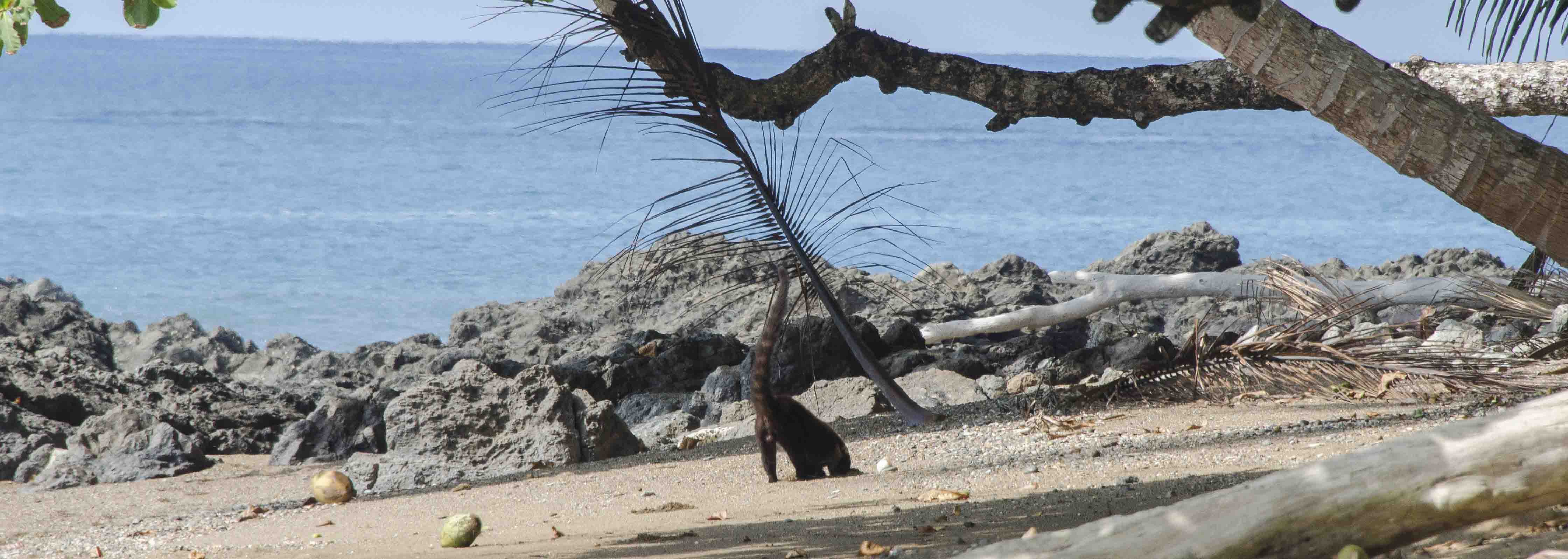-

Corcovado National Park
Corcovado National Park is located in the South Pacific of Costa Rica, in the southwest of the Osa Peninsula. It has an area of 42,570 hectares on land and 5,375 hectares at sea. It is the last great remnant of tropical rainforest in the lowlands of the Pacific coast of Central America. Its size is sufficient and contains the elements necessary for the natural processes that are essential for the long-term conservation of ecosystems and biological diversity. It contains the most important habitats for the conservation of biological diversity and endangered species. To visit Corcovado requires a certain availability of time, whose access to the interior can limit the number of visitors in order to minimize the human impact and to contribute to the unique social dynamic among visitors to the Park. The climate is hot, humid and rainy. Annual rainfall varies from 5,000 to 6,000 mm. It presents unique opportunities for the study of populations of large neo-tropical animals and for the development of conservation biology strategies. Previous studies indicate that the Park is the most important biologically protected wilderness area in Costa Rica. One third of all tree species identified in Costa Rica are found in Corcovado. It also contains a large number of endangered species. The Park is large enough to maintain terrestrial, marine and freshwater ecosystems, which allows it to maintain high levels of biodiversity. It presents unique aesthetic opportunities where it allows opportunities for long walks along pristine beaches and trails in the forest. Sightings of the 4 endangered species of primates in Costa Rica can be observed on the trails, as well as flocks of red macaws flying along the beaches and trails.

The Park contains large expanses of undisturbed habitat which allows it to maintain sustainable populations of large mammals and birds. This means that species such as the tapir (Tapirus bairdii), the peccary pig (Tayassu pecari), and the jaguar (Pantera onca) can maintain viable populations. These species affect the structure of the forest and are symbols of successful conservation. The great diversity of existing ecological associations (forest, beaches, swamps, mangroves, etc.) favours the existence of a large number of species. In this case Corcovado protects 124 species of mammals, 375 species of birds (18 endemic), 71 species of reptiles, 46 species of amphibians and 40 species of freshwater fish. In addition, it is estimated that 8,000 species of insects are found in the Park, including 123 species of butterflies discovered until now.